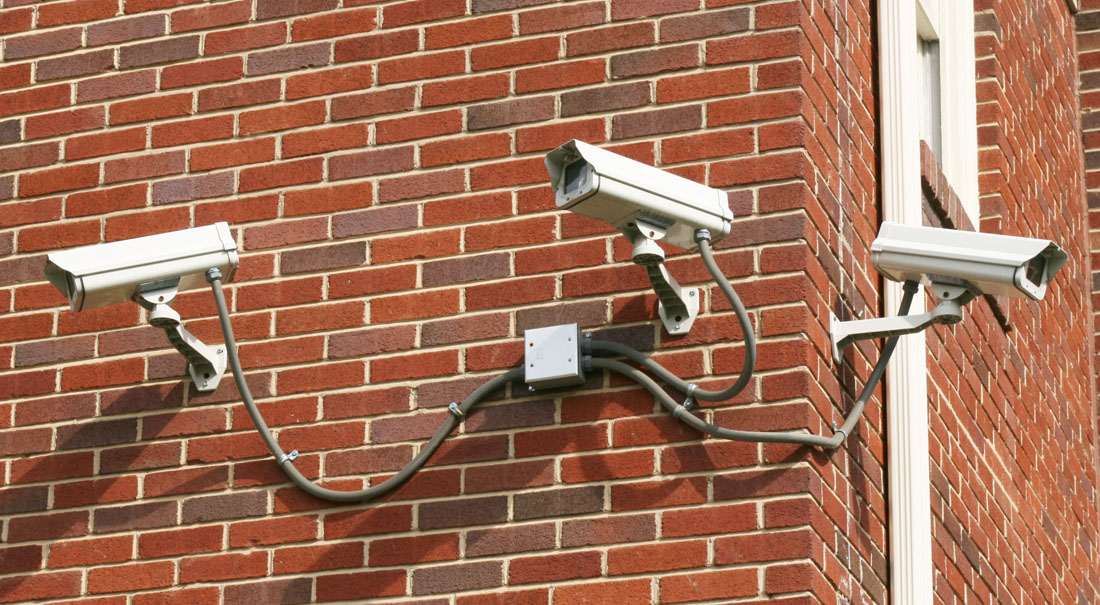The GetReligion
August 3, 2010
http://www.getreligion.org/?p=39945
 |
Last year, I wrote a news story for Christianity Today titled “Modern-Day Lepers,” on the effort by churches to balance grace and accountability toward sex offenders:
Convicted of indecent liberties with a teenage girl when he was 20 and attempted second-degree rape years later, James Nichols served his prison time — and then found himself back in police custody.
His offense: going to church.
Authorities said the 31-year-old Nichols violated a new North Carolina law that bars sex offenders from coming within 300 feet of any place intended primarily for use, care, or supervision of minors.
Nichols was arrested after worship at Moncure Baptist Church because the church has child-care facilities for families attending services. He is challenging the constitutionality of the law, claiming it violates his religious freedom.
The Associated Press and Time magazine tackled the same topic last fall.
Given my familiarity with the subject and the earlier coverage, a Kansas City Star story this week on churches welcoming sex offenders while trying to protect children and other congregants caught my attention. I liked the headline:
With open arms and open eyes, churches minister to sex offenders
Here’s the top of the story:
Within days of attending a Sunday service at the United Methodist Church of the Resurrection, a Johnson County man received an unexpected e-mail.
Security officials at the Leawood megachurch wanted to see him immediately. They told him this summer that some rules needed to be set if he wished to come back to worship.
He must go straight to the sanctuary before service and leave immediately after it ended — no dawdling. There would be no direct contact with church staff.
Only a single-stool restroom on the church campus could be used.
And under no circumstances could he enter the children’s wing of the church.
The man is a registered sex offender, convicted seven years ago of possessing child pornography. He’s also one of a special class of worshippers whom most churches across the country want to welcome — but very carefully.
In general, I like the way the reporter gets into the story — with a recent anecdote that puts a compelling local spin on a national story.
I am left wondering immediately why the offender is not named. Did he ask not to be identified? Did the paper decide on its own to keep him anonymous? Do ordinary church members know who he is? Should they?
Also, I am confused by this line: There would be no direct contact with church staff. What does that mean? Am I missing something? (As I like to say, it wouldn’t be the first time.)
Finally, the reference to a special class of worshippers whom most churches across the country want to welcome — but very carefully brought out the cynical side in me. Call me old-fashioned, but I could use a source on such a broad statement. Do most churches really want to welcome such offenders? Or would they prefer that the church down the street handle the heavy lifting on extending grace to such folks?
After the opening, the piece puts the local issue into a national context, including citing a few major developments since the earlier stories that I mentioned. In other words, while we at GetReligion sometimes complain about stories about new trends that don’t impress us as all that new, the Star report contains enough fresh details to make this story seem perfectly timely.
I do wish, however, that the report had sprinkled a bit more of another key journalistic ingredient: skepticism.
This is how the paper boils down the main point of the story:
Sex offenders across the country face laws and regulations that keep them from living near schools, parks, bus stops and pools. Some neighborhoods created association rules banning offenders from residing there.
Now churches are in the mix, trying to welcome parishioners while draping a protective cloak over the children and others in the next pew.
I don’t question the general idea that churches want to welcome offenders and protect children and others. But other factors are at play, too, that the story never mentions.
For one thing, insurance mandates and lawsuits across the country have influenced how churches have reacted to this issue. So, while there is the angle of showing God’s love, there is the practical matter of protecting houses of worship from financial liability. The story would be better if it reflected that.
At the same time, it struck me as strange that there was no mention at all of the sexual abuse scandals involving clergy members that have plagued a number of denominations in recent years.
Finally, I wish the writer had found at least one offender willing to go on the record (even with just a first name) and discuss his experience with a local church — good or bad. The offender mentioned in the lede is referenced once more in the story, but declines to discuss his situation. I think an offender perspective would have helped the story.
For that matter, a victim perspective would have put a human face on a story filled with quotes from church leaders and experts.
Any original material on these pages is copyright © BishopAccountability.org 2004. Reproduce freely with attribution.